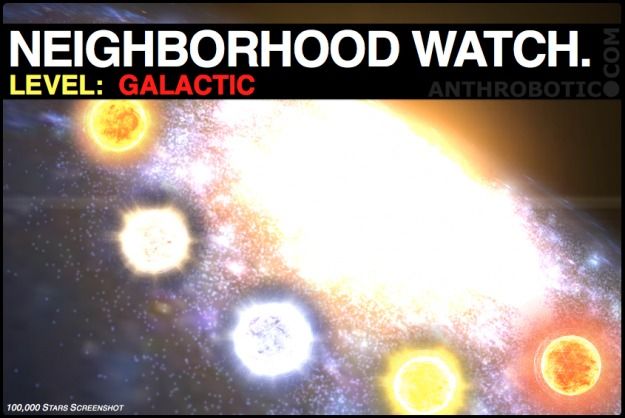Dec 14, 2012
The Kline Directive: Technological Feasibility (3b)
Posted by Benjamin T. Solomon in categories: cosmology, defense, economics, education, engineering, general relativity, particle physics, physics, scientific freedom, space
To achieve interstellar travel, the Kline Directive instructs us to be bold, to explore what others have not, to seek what others will not, to change what others dare not. To extend the boundaries of our knowledge, to advocate new methods, techniques and research, to sponsor change not status quo, on 5 fronts, Legal Standing, Safety Awareness, Economic Viability, Theoretical-Empirical Relationships, and Technological Feasibility.
In a previous post on Technological Feasibility I had stated that a quick and dirty model shows that we could achieve velocity of light c by 2151 or the late 2150s. See table below.
| Year | Velocity (m/s) | % of c |
| 2200 | 8,419,759,324 | 2808.5% |
| 2152 | 314,296,410 | 104.8% |
| 2150 | 274,057,112 | 91.4% |
| 2125 | 49,443,793 | 16.5% |
| 2118 | 30,610,299 | 10.2% |
| 2111 | 18,950,618 | 6.3% |
| 2100 | 8,920,362 | 3.0% |
| 2075 | 1,609,360 | 0.5% |
| 2050 | 290,351 | 0.1% |
| 2025 | 52,384 | 0.0% |
That is, at the current rate of technological innovation we could as a civilization reach light speed in about 140 years. More importantly we could not even reach anywhere near that within the next 100 years. Our capability would be 6.3% of c.
The Lorentz-Fitzgerald transformation informs us light speed would require an infinite amount of energy (i.e. more than there is in the Universe!), thereby highlighting the weaknesses in these types of technological forecasting methods. But these models still serve a purpose. They provide some guidance as to what is possible and when. The operative word is guidance.
Continue reading “The Kline Directive: Technological Feasibility (3b)” »









